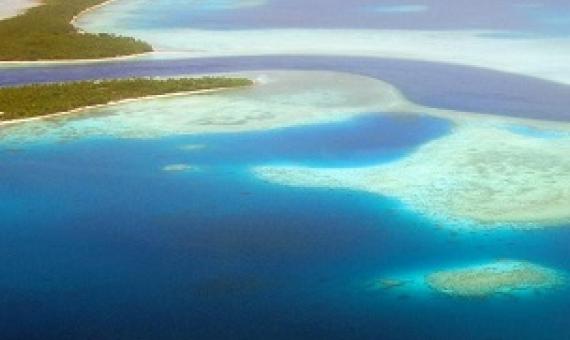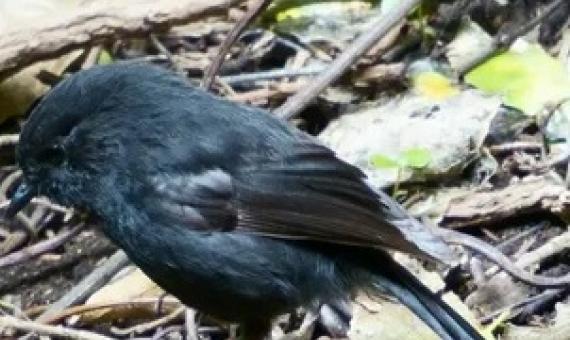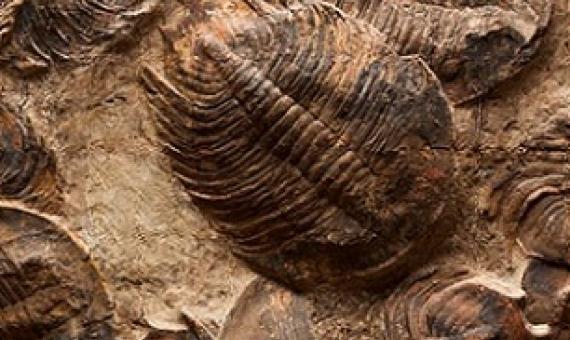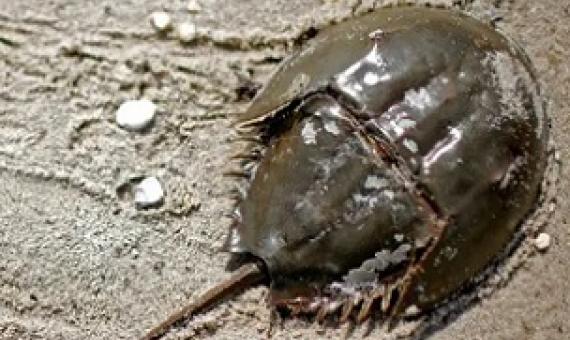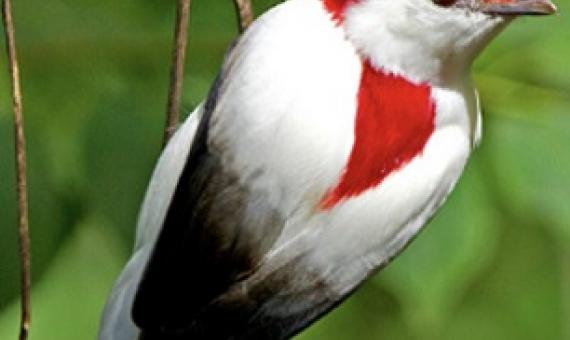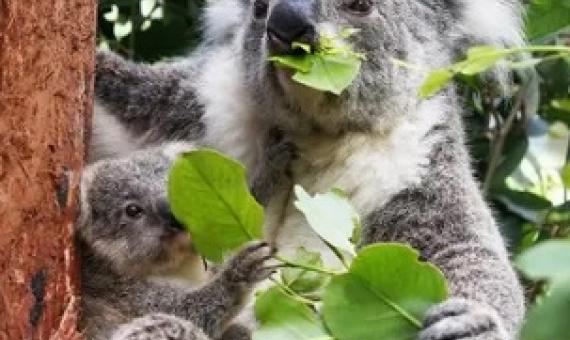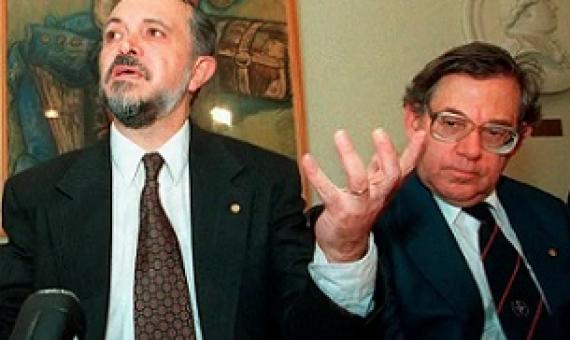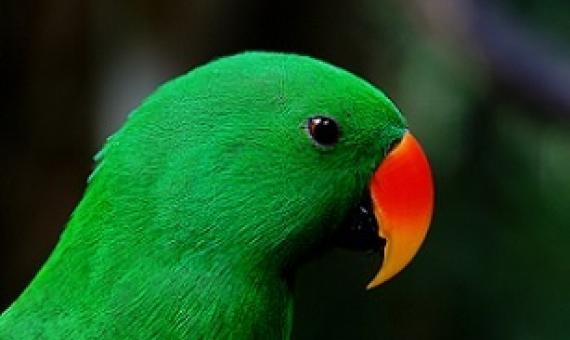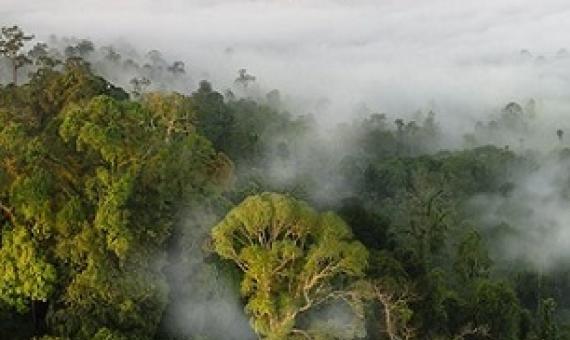We are facing global biodiversity and climate crises. It is estimated that one million species are threatened with extinction, with the drivers of biodiversity loss due to the direct or indirect results of unsustainable human action.
Human-caused bird extinctions are driving losses of functional diversity on islands worldwide, and the gaps they leave behind are not being filled by introduced (alien) species, finds a new study led by UCL and University of Gothenburg researchers.
Down to just one breeding pair 40 years ago, the bird bounced back after extraordinary efforts – now its survival is again under threat.
It is now common to refer to the current biodiversity crisis as the sixth mass extinction. But is this true? Are we in the middle of an event on the same scale as the five ancient mass extinctions Earth has experienced? Humans are indeed driving animals and plants to extinction.
From willow bark to mosquitoes, nature has been a source of vital medications for centuries.
The Alliance for Zero Extinction (AZE), an international consortium of conservation groups, is launching a $12-million, five-year initiative that aims to direct funding to endangered species that are at serious risk of extinction.
Corporate Australia is familiar with the concept that climate change presents a financial risk to the global economy, but more recently biodiversity loss has emerged as an equally important risk.
Nearly one-third of parrot species are threatened with extinction, and a new study concludes that current protected areas are not sufficient to protect parrot diversity, overlapping with only 10% of the geographic range of all parrot species.
Nature loss is accelerating at an unprecedented rate with 1 million species facing extinction.

